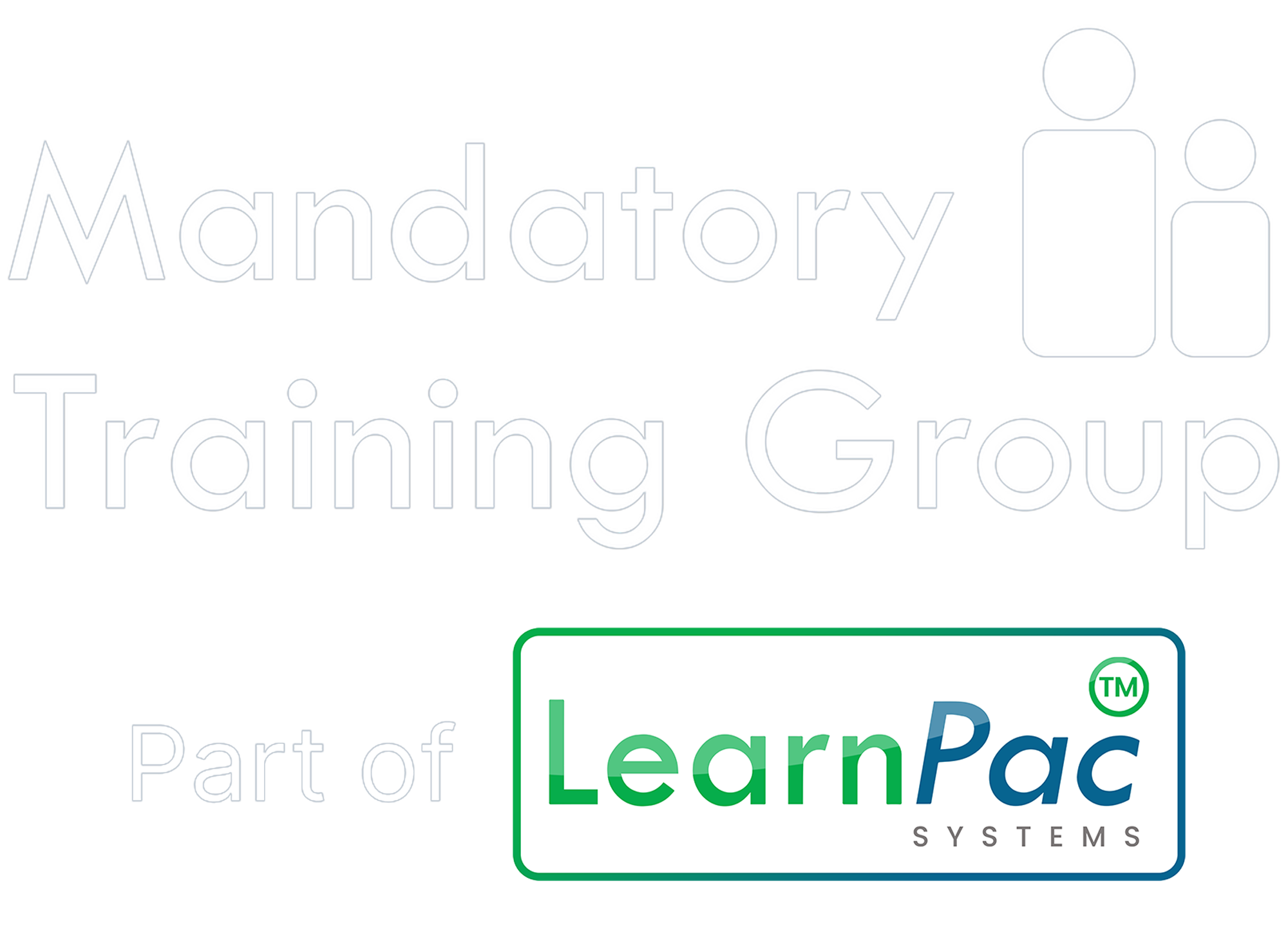You have no items in your shopping basket.
Key facts and statistics
- Regulation (EC) No 853/2004 came into effect on 1 January 2006, supplementing the general hygiene rules established by Regulation (EC) No 852/2004.
- It applies to food business operators involved in producing, processing, and distributing food of animal origin.
- According to the European Food Safety Authority (EFSA), over 320,000 cases of foodborne illnesses are reported annually in the EU, underscoring the importance of stringent hygiene regulations.
- Non-compliance can lead to significant financial losses due to recalls, legal penalties, and damage to brand reputation.
Key definitions
- Food Business Operator (FBO) - Any natural or legal person responsible for ensuring that the requirements of food law are met within the food business under their control.
- Hazard Analysis and Critical Control Points (HACCP) - A systematic preventive approach to food safety that identifies physical, chemical, and biological hazards in production processes that can cause the finished product to be unsafe.
Best practices for implementation
Establishing a hygiene management system
- Develop a Comprehensive HACCP Plan - Implementing a HACCP plan is mandatory under Regulation (EC) No 853/2004. This involves identifying potential hazards and critical control points in the production process.
- Training and education - Ensure all employees are adequately trained in food hygiene and safety. Regular training sessions should be held to keep staff updated on the latest regulations and best practices.
Facility and equipment maintenance
- Sanitation procedures - Develop and follow strict sanitation protocols for all equipment and facilities. Regular cleaning schedules should be established and documented.
- Pest control - Implement effective pest control measures to prevent contamination. This includes regular inspections and appropriate measures to eliminate pests.
Traceability and record keeping
- Documentation - Maintain thorough records of all processes, from sourcing raw materials to the final product. This includes documenting all sanitation activities, training sessions, and compliance checks.
- Product traceability - Ensure all products can be traced back to their source. This is crucial for quickly identifying and addressing any issues that arise.
Compliance and audits
- Regular audits - Conduct internal audits to ensure compliance with Regulation (EC) No 853/2004. External audits by certified bodies can also provide an additional layer of assurance.
- Continuous improvement - Use audit results and feedback to continually improve hygiene practices and compliance efforts.
Recommendations
- Invest in technology - Use software solutions like ComplyPlus™ to streamline compliance management. Such tools can help automate record-keeping, schedule audits, and ensure that all regulatory updates are incorporated into your operations promptly.
- Stay informed - Regularly review updates from regulatory bodies such as the European Commission and EFSA to stay informed about any changes in legislation or new guidelines.
- Engage experts - Consider consulting with food safety experts to ensure your hygiene practices meet the highest standards and to gain insights into the latest best practices.
Conclusion
Regulation (EC) No 853/2004 is vital in maintaining the hygiene and safety of food products of animal origin. By adhering to these regulations, food business operators comply with the law and contribute to public health and consumer trust. Implementing best practices such as a robust HACCP plan, thorough training, meticulous record-keeping, and regular audits are crucial to achieving compliance.
At The Mandatory Training Group, we understand the complexities of navigating regulatory requirements. Our ComplyPlus™ software and training courses are designed to help businesses stay easily compliant. Click here to learn more about how we can support your compliance needs.
About the author
Dr Richard Dune
With over 20 years of experience, Richard blends a rich background in NHS, the private sector, academia, and research settings. His forte lies in clinical R&D, advancing healthcare tech, workforce development and governance. His leadership ensures regulatory compliance and innovation align seamlessly.




